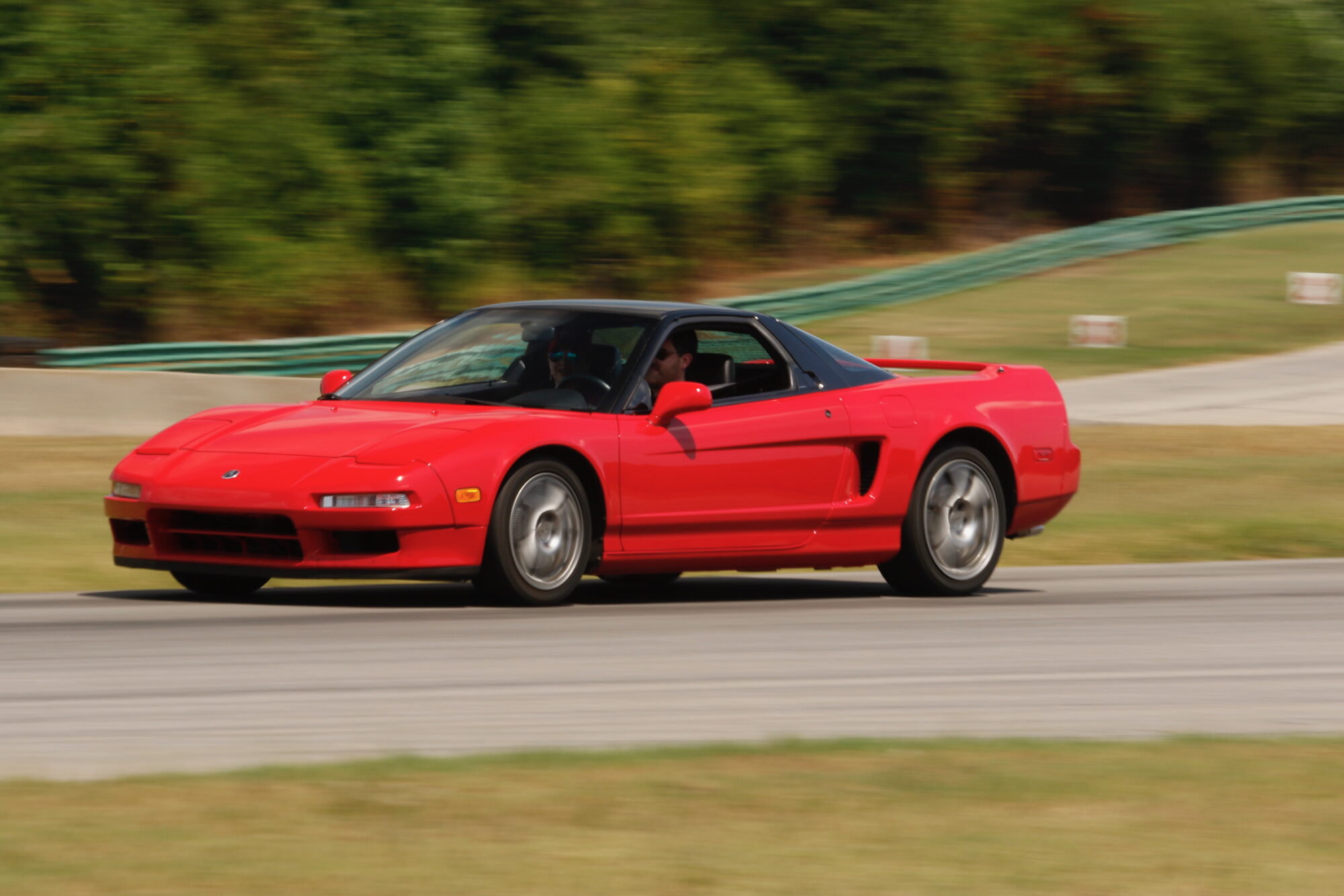The most exclusive supercars on Earth all essentially have one thing in common: An engine mounted directly behind the driver. It’s not just a design choice. Mid-mounted, or midship, engines have proven to be the choice for uncompromised performance. But why is that? It’s a fairly simple matter of gravity and weight distribution.

2005 Ford GT
Every car, no matter how high-tech or flashy, is subject to the laws of physics governing everything around us. So sports car design immediately becomes a physics problem. How do we safely get this big lump of metal or carbon up to absurd speeds? A great barrier towards that goal is the vehicle’s weight and mass, so body panels, chassis, and seats are often made out of the lightest materials available. In internal combustion cars, however, the engine is always a solid chunk of mass, despite weight-saving measures.

The problem then becomes, where do we put the weight? And the answer, without fail, is to stick that engine as close to the center and as near to the ground as possible. The property of inertia means that placing weight around the extremities will have adverse handling effects, such as plowing understeer in old iron block muscle cars, or snap oversteer in early Porsche 911s. Achieving 50/50 weight distribution and a low center of gravity is the best way to get neutral, predictable handling. Putting that weight over the rear wheels can also give a traction advantage from a stop. So it’s no wonder why supercars and endurance race cars all employ this method of design.

Ford GT40
Some of the earliest automobile, or horseless carriage, models can technically be described as mid-engine, although they were built that way more for ergonomic reasons than any performance gain. Mass-produced cars like the Model T rolled into the 1900’s, and soon standardized the front-engine, rear wheel drive layout. With the beginnings of Grand Prix and IndyCar through the 20’s and 30’s, engineers started to experiment with less orthodox midship designs.

Lamborghini Huracan
The layout then came to dominate endurance racing in the 60’s, when Ford’s GT40 bested the Ferrari 250-based cars at Le Mans. Around the same time, the Lamborghini Miura and Lotus Europa brought the mid-engine to the streets, catching eyes from paparazzi.

1980’s Ferrari 288
Since that point, every flagship Ferrari model has been midship. Their GT cars now come with a front-mid layout, which keeps the engine under the hood, but mounts it as close to the cockpit as possible for better distribution. The Corvette also made use of a front-mid-mounted engine from the 80’s onward, until GM wiped the slate clean and brought out the true mid-engine C8 in 2019.

The Starting Line has dealt in many mid-engine cars already, with our beautiful Acura NSX and Porsche Cayman GT4 sold this year.

Also brand new to our inventory is a first generation Audi R8 coupe. Stay tuned for more information on that in the coming weeks.


